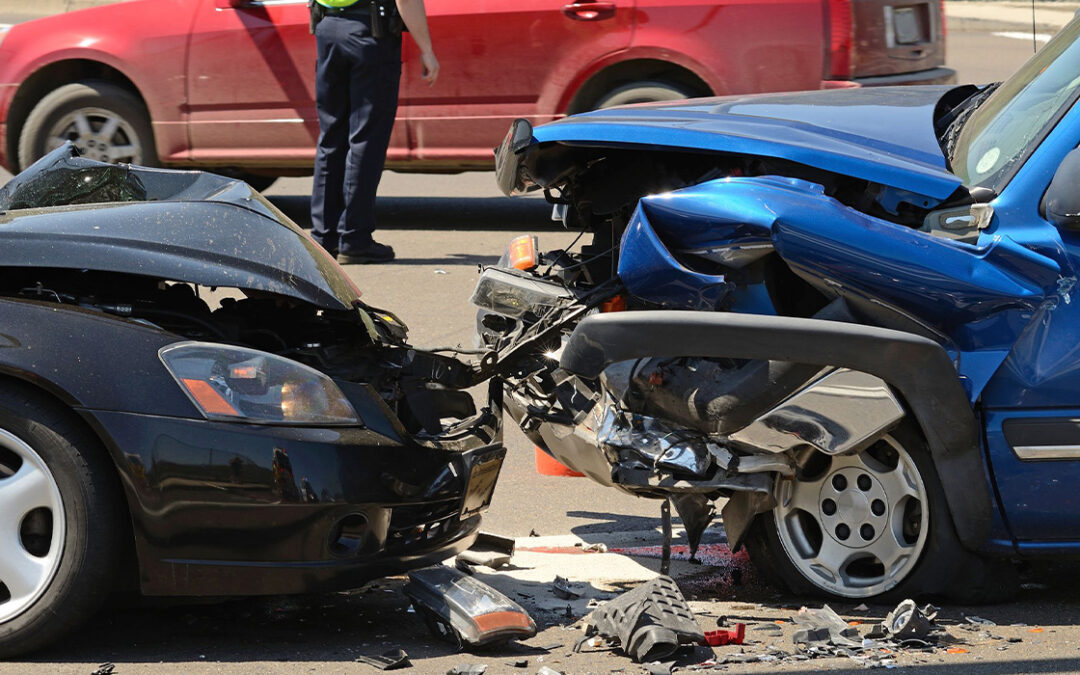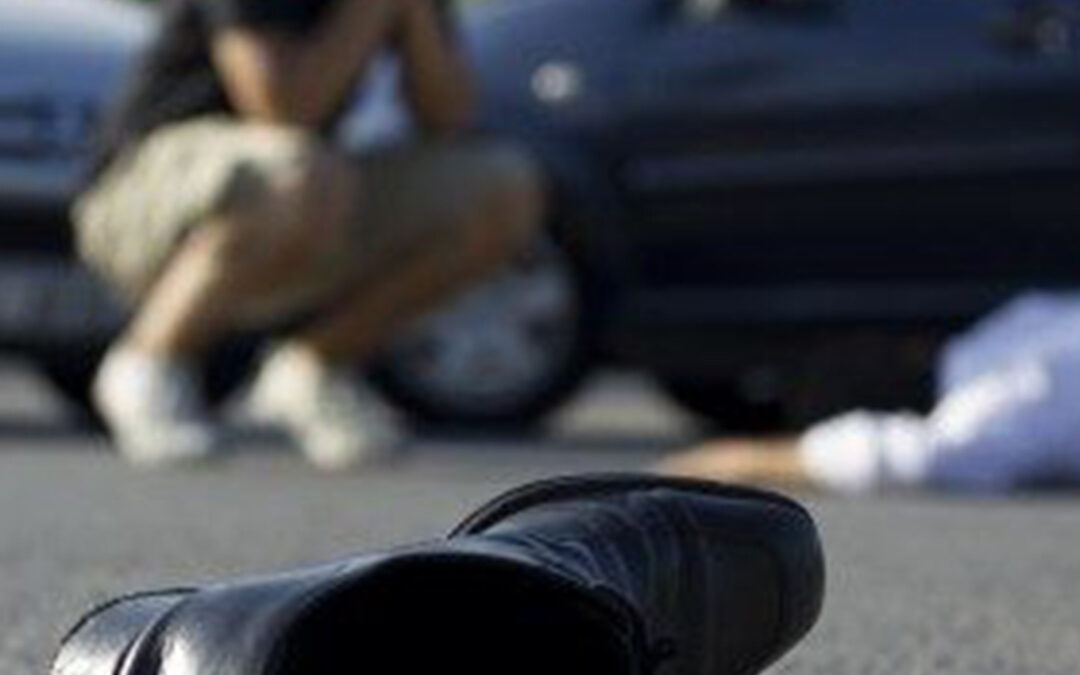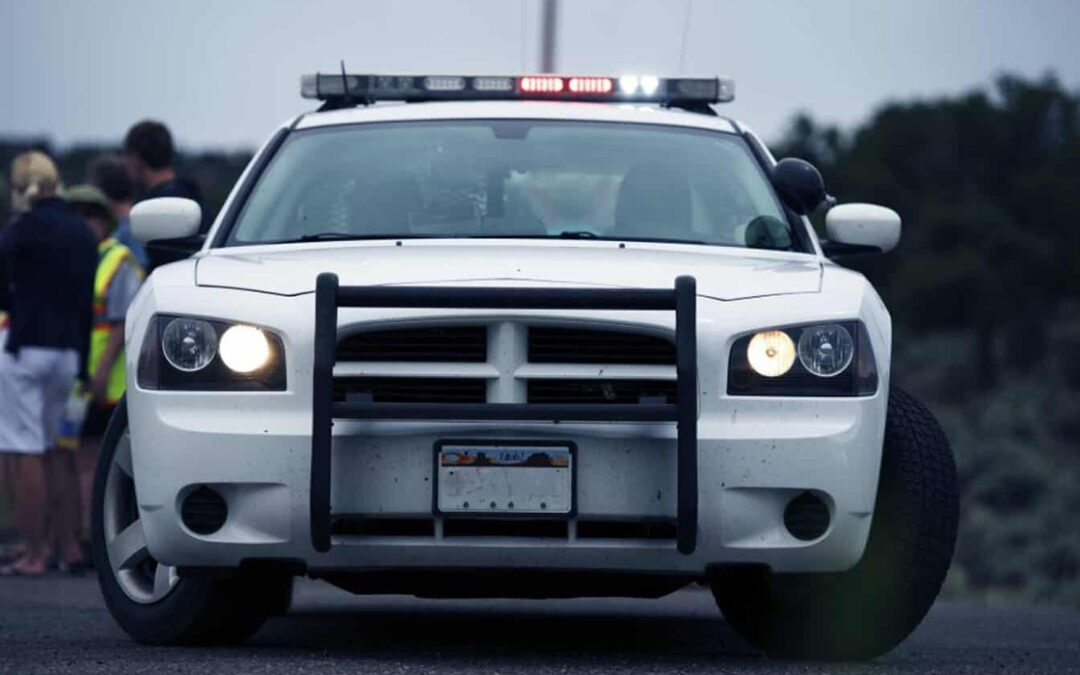
by Queener Law | Oct 11, 2018 | Auto Accident, Colorado, Kentucky, Tennessee
Why Photos Are Important
Taking pictures immediately after an accident can help preserve crucial evidence of what occurred and which driver was at fault. Photographs can help prove a driver’s liability while also helping convince insurance companies that settling is a wise choice. Pictures can show the angles at which the vehicles collided, the direction of travel, the road and weather conditions, and other relevant information.
After an accident, it is common for people to be in states of shock. They might feel confused and unclear about exactly what happened. Pictures provide crucial information about what caused the accident that people might otherwise fail to notice or forget. Accident reconstructionists can use photographs to determine the relative positions of the vehicles, their speeds, and other contributing factors such as weather conditions or road conditions. This type of information can help present a clear picture of what happened and the liability of the responsible party or parties.
When and How to Take Photos
People who are injured in accidents that they believe were the fault of the other drivers should always try to take pictures immediately after the accidents. If they cannot do so themselves, they should ask someone else to photograph them. The pictures can be taken with a camera that is kept in the car or with a smartphone. The photographs should be taken before either vehicle is moved. People should take photographs of the positions of the cars and the damage to each. They should also take photographs of the other vehicle’s license plate. After getting these pictures, people should take wider pictures of the scene, including any road debris, skid marks, weather, nearby traffic control devices, or speed limit signs. Taking as many pictures as possible is a good idea.
In addition to taking pictures of the accident scene, people should also take photographs of their injuries. This can help show the link between the accident and the injuries if the insurance company attempts to blame the injuries on some intervening cause. People should also try to get the names and contact information of any witnesses who saw the accident so they can be contacted later. Having photographs and witness statements may help people succeed in subsequent claims with insurance companies.

by Jennifer O'Connell | Sep 7, 2018 | Auto Accident, Colorado
Defective Traffic Signals
Traffic lights in Colorado sometimes malfunction or are defective and cause accidents, leading to questions of liability. When a defective traffic light contributes to the cause of an accident, the municipality in which it is located might be liable. Proving liability may require the help of experts such as accident re-constructionists and civil engineers to demonstrate that the light was defective and malfunctioned, leading to the accident.
Fault When Traffic Lights Cause Accidents
In most car accidents, one or both of the drivers are at fault. When a defective traffic light contributes to the cause of an accident, proving liability may be more difficult. One of the drivers may be partly at fault, but the defective light may also have contributed to the accident. For example, if a light shows green in two perpendicular directions at the same time and a speeding driver strikes someone else who is continuing through the intersection, the driver who was speeding may be partly to blame for the accident, but the malfunctioning light also contributed. This might mean that a resulting claim might exist against both the speeding driver as well as the municipality, manufacturer, and others. An accident reconstruction expert may help by reconstructing what occurred at the accident scene to show that the traffic light malfunctioned and led to the accident.
Municipalities may be liable if the defect has existed for a long enough period of time that it should have reasonably been discovered and they failed to repair it. In one 2013 case in Detroit involving a motorcyclist who was killed after a traffic light malfunctioned, the neighbors reported that the light had been defective for a long time. The city had failed to respond to their complaints about the light despite the numerous reports. In a case in which there is a clear record of numerous reports to a city about defective or malfunctioning traffic lights, but nothing was done, the city may be liable to pay damages to the victims of accidents that result. Other types of evidence that might help claims involving defective traffic lights include witnesses who saw the accidents happen and camera footage if it is available. Statements from people who have filed complaints about the lights and city records of complaints may also be important for proving a claim.

by Jennifer O'Connell | Aug 23, 2018 | Auto Accident, Colorado
Fatality Rate Increases
While the overall number of crash deaths in the United States has decreased slightly, the motor vehicle accident fatality rate has been increasing in Denver, making it one of the highest per capita among large cities. Denver’s accident fatality rate is much higher than the rates of some large cities such as New York and Los Angeles. Several factors, including the improved economy, more people taking to the roads, and riskier driving behaviors, have contributed to the increase.
According to the Denver Post, a study that was conducted of 23 large cities found that the city’s fatality rate was higher per capita than the rates in cities like New York, Los Angeles, Chicago, and Washington, D.C. On the list, the higher-ranked cities had the lowest traffic fatality rates. While Denver was ranked at 17 out of 23, Washington, D.C. was ranked at number one, demonstrating that it is safer despite its larger population. In Colorado, 642 people lost their lives to car accidents in 2017, the highest number in over a decade. In 2016, there were 208 crash fatalities.
Contributing Factors
There are several reasons that traffic deaths have been increasing in Denver. Improvements to the economy have led to a lower unemployment rate, meaning more people are on the roads commuting to and from work. More people are also able to take road trips because of the economic improvements, making them likelier to be involved in accidents. Another factor that has contributed to the increase in traffic deaths is engaging in risky driving behaviors such as distracted driving. Many drivers continue to talk and text on their phones while they drive despite prohibitions against the behavior. Modern cars also have other distractions inside such as infotainment systems that can divert the attention of the drivers away from the road.
Avoiding Accidents
Motorists can help prevent car accidents by keeping their attention on the roads and the traffic around them at all times. They should avoid engaging in any distracting activity while they drive, including using their phones, adjusting their electronics or looking at maps. Drivers should never get behind the wheel after they have been drinking or when they are drowsy. People should also follow the traffic rules and drive defensively.

by Queener Law | Aug 16, 2018 | Auto Accident, Colorado, Kentucky, Tennessee
Impact of Loud Music
Listening to loud music can negatively impact a driver’s reaction times and driving abilities. Studies indicate that listening to certain types of music can reduce driver aggression and stress, but tempo, volume, and type may play a significant role in driver performance. If drivers are distracted by loud music, they may fail to react in time to avoid accidents, drift into other lanes and collide with other vehicles or pedestrians, or fail to hear emergency vehicles approaching. Researchers found that listening to music can cause teenage drivers to drive inattentively in a study that was conducted at Ben-Gurion University of the Negev in Israel. In the study, the researchers recruited 85 teen drivers who were ages 17 and 18 to drive specially wired cars along 40-minute routes with driving instructors. During some of the drives, the teens either didn’t listen to music or listened to soundtracks that had been created by the researchers to encourage safe driving. In two of the drives, the teens were told to bring their own playlists of music from home to listen to while they drove.
While the teens reported that they felt better when they drove while listening to their own music, they exhibited multiple problematic driving behaviors. They turned the volume up much higher when they listened to their own music. The driving instructors noted that the teens were likelier to weave in traffic, speed, and drive aggressively when they were listening to their own music. All of the drivers committed three or more driving errors when they listened to their own music at high volumes. The researchers noted that teen drivers are less able to process auditory and visual information simultaneously and that listening to music can be distracting to them. More experienced drivers may not be as distracted by listening to music when they drive. A study demonstrated that older drivers who listen to music while they drive may actually display improved driving behaviors. The researchers in that study posited that drivers might need some form of stimulus while they drive to prevent boredom. While the volume, tempo, and type of music can impact driver response times, distraction levels, and overall performance, it is still unclear which factors affect driving the most.

by Queener Law | Jun 18, 2018 | Auto Accident, Colorado, Kentucky, Tennessee
Tesla Crashed While on Autopilot
A recent crash in Utah has raised concerns that drivers may be inattentive when they are using autopilot, failing to react and take control when doing so is needed. When the woman crashed into a stopped firetruck while she was traveling at 60 mph in her Tesla with the autopilot system engaged, her hands had not been on the wheel for about 80 seconds. She was ticketed after telling the police that she was looking at her phone just before the collision.
A 28-year-old Utah woman was driving her Tesla Model S on autopilot, which requires driver oversight. She took her hands off of the wheel to look at her cell phone while she was traveling at 60 mph. While she was looking at her phone, her car crashed into a fire truck that had stopped. She only suffered a broken foot in the collision, and Tesla placed blame on her for her accident. The woman reportedly did not have her hands on the wheel for the 80 seconds that led up to the accident. The crash was not the first one involving a Tesla while it was on autopilot. The National Highway Traffic Safety Administration is currently investigating collisions of Tesla cars in California and Florida.
Problems Revealed by the Crash
The latest car crash occurred amidst the rush of car manufacturers to add driverless technology to their vehicles. Carmakers tout the technology, claiming that it is much safer than human drivers and should lead to a drop in accidents. One issue that was revealed by this accident is that drivers may become complacent when they are driving on autopilot and fail to pay attention to what is happening on the road around them. In the woman’s case, data from her car revealed that she had taken her hands off of the wheel more than 12 times. The woman only placed her hands back on the wheel for a few seconds when the car prompted her to do so on its heads-up display. Tesla does not have the technology to track when motorists are not paying attention like other carmakers do in their autonomous vehicles.

by Queener Law | Jun 11, 2018 | Auto Accident, Tennessee
Police Fail to Find Teen
A tragic incident involving a teen that died after calling 911 while trapped in his van highlights problems with emergency response centers nationwide, including in Tennessee. The center and others like it have been plagued with inadequate staffing, training issues, and outdated technology for years, and the failure to take prompt action could result in catastrophic consequences for injured or ill victims.
According to reports, 16-year-old Kyle Plush was asphyxiated by a seat in his Honda Odyssey when he became trapped while reaching for his tennis equipment. The Ohio teen was scheduled to practice tennis and was parked outside his high school. He reached to retrieve his equipment when the seat flipped over and trapped him. Since his phone was in his pocket, Kyle used voice commands and Siri to call 911. An internal investigation revealed several problems that were highlighted by the Cincinnati City Council. The automated response overrode the teen’s initial comments, he was unable to respond to questions from the dispatcher, and the first call was disconnected. He called a second time and provided vehicle description information, but his comments, and the fact that someone was heard banging and yelling was heard, were not communicated to police. Additionally, information that was available was not adequately utilized to locate Kyle. The teen’s father found him dead inside the van nearly six hours after the initial 911 call. The Cincinnati City Council is now working to improve its emergency response center after admitting that multiple errors were made in response to the boy’s two 911 calls. The city and Honda may both be liable for the accident.
Problems With Emergency Response Systems
Problems with staffing, operations, outdated technology and inadequate training plague emergency response systems throughout the nation. These issues can result in extensive wait times for people to get help, miscommunication, disconnected calls, the inability of responders to locate callers, inappropriate responses to true emergencies, and more. As 911 calls from cellular phones become more common, problems within emergency systems are only getting worse. When every second counts, cities, counties, manufacturers, and others can be held liable for technological errors, negligence in hiring, training and supervising workers, communication problems, and equipment failures.






